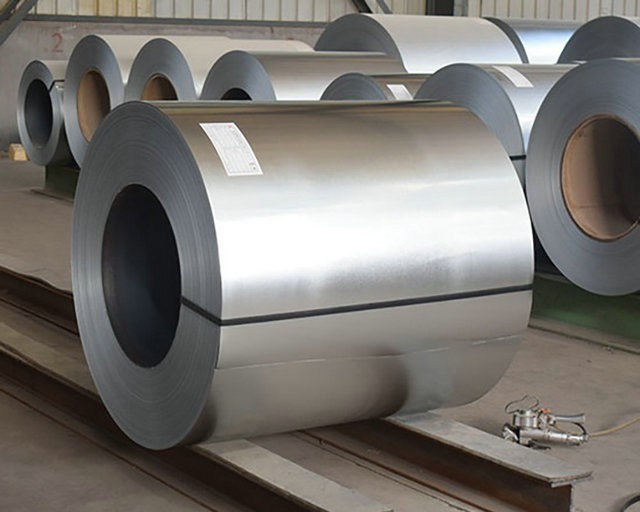 Language
▼
Language
▼
More Language
Galvanized sheet metal requires specific methods to ensure welding quality and safety. Here are some commonly used soldering galvanized sheet metals:
Resistance spot welding is a commonly used method for soldering galvanized sheet metal. It achieves welding by placing galvanized metal between two electrodes and applying pressure and current to locally melt the contact area to form a weld core. This method has minimal damage to the galvanized layer and a relatively small heat affected zone of the base material, making it suitable for applications that require high welding accuracy.
1. Carbon dioxide shielded welding: Carbon dioxide gas shielded welding is widely used in industrial production and is also suitable for soldering galvanized sheet metal. It uses carbon dioxide as a protective gas, which has the advantages of low cost, fast welding speed, and good welding quality. During welding, it is necessary to maintain appropriate welding current, voltage, and protective gas flow rate to ensure welding quality.

2. Argon arc welding: Argon arc welding uses argon gas as a shielding gas, which can effectively isolate the adverse effects of oxygen, nitrogen, and hydrogen in the air on the arc and molten pool, reduce the burning loss of alloy elements, and thus obtain dense, splash free, and high-quality welded joints. Argon arc welding is suitable for situations with strict requirements for welding quality, but the equipment cost is high and the operational technical requirements are also high.
3. Manual arc welding
Manual arc welding is a common welding method and is also suitable for soldering galvanized sheet metal. It has the advantages of low cost, simple equipment, and easy construction. However, manual arc welding requires high technical skills and requires reasonable welding angles and arc lengths, otherwise it may lead to poor welding quality. At the same time, a large amount of splashes and gases will be generated during welding, and attention should be paid to labor protection.
China galvanized plate manufacturer: Boxing Shuangshengda Steel specializes in galvanized sheet, galvanized steel plate,Colour steel plate etc.We have a full range of product specifications and types, low prices, and more than 20 years of experience, worthy of your trust